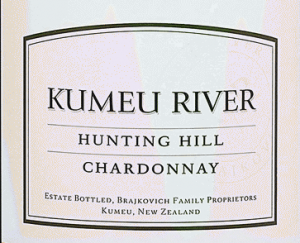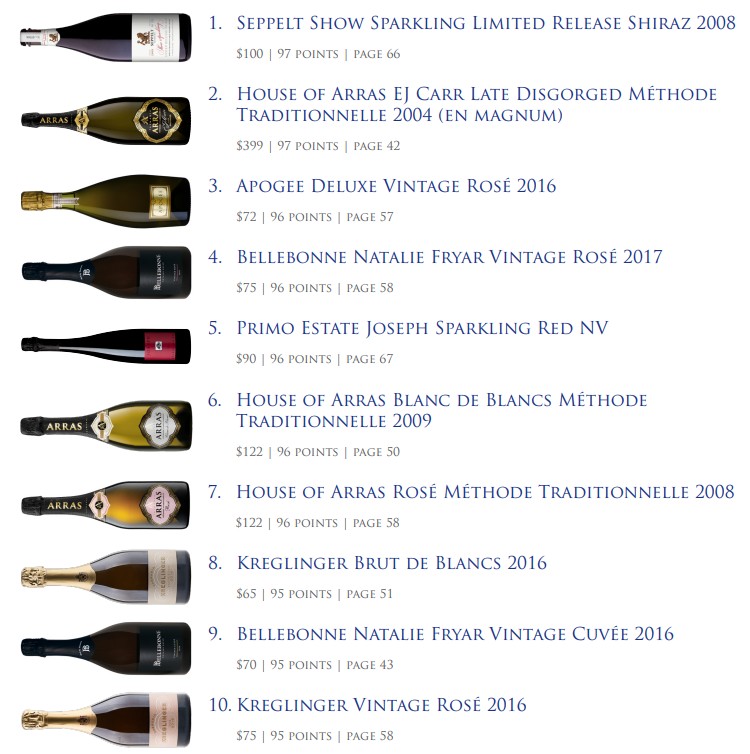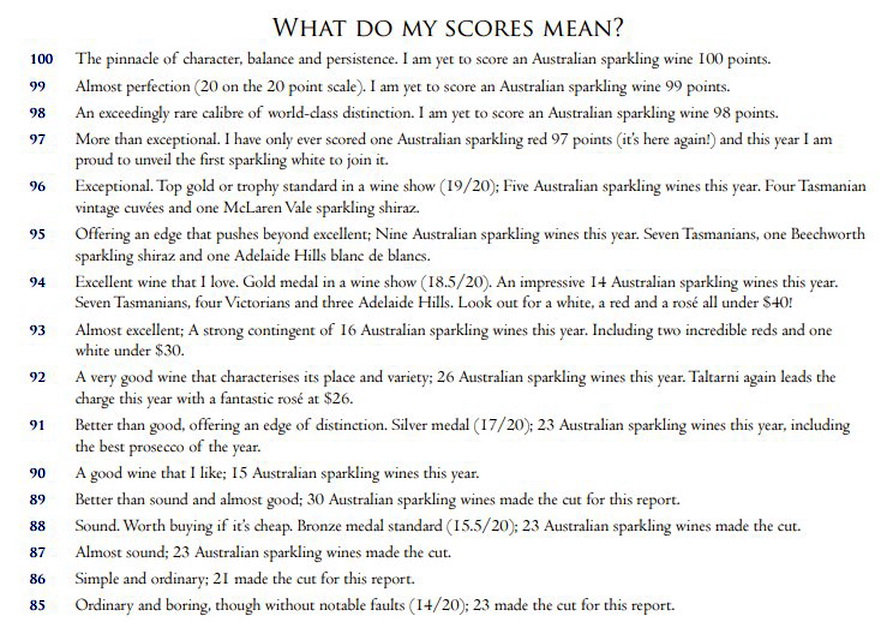That question usually produces a waffly answer about apples and oranges, or in plain English: surely you know that you can’t compare the two styles. This is despite the fact that our winemakers have been busting a gut for decades to produce a bubbly that could challenge the French icons.
Half a century ago we didn’t have the grape varieties or the cool climate of the champagne region. Since we planted Chardonnay and Pinot Noir in the Yarra Valley, Macedon and Tasmania a few decades ago, those limitations have gone away.
Aussie Prestige vs bulk champagne
As our ambitious producers developed better cool climate styles, they took a leaf out of the champagne marketing guide and introduced special ‘cuvees’ – fancy bottles from the House of Arras, Jansz and Chandon, Clover Hill, Hanging Rock, Brown Brothers and then a whole host of new producers.
The prices went up and soon reached the same $50 level as the basic wines of the champagne houses, which are made in vast quantities and owe more to smart marketing than smart winemaking. Today we have a number of bubblies that sell for $100 or more, as you cansee from the excerpt of Tyson Stelzer’s Australian Sparkling Report 2020 below.
Image Source: Tyson Stelzer’s Australian Sparkling Wine Review 2020
Game over but hold it – there’s a late scratching
It’s rare to find a review that pitches Aussie bubblies against champagne, but I found a piece James Halliday wrote for the Weekend Australian magazine a couple of years ago. JH reviewed a bunch of local and French wines, and the $40 – $60 locals acquitted themselves remarkably well with scores ranging from 94 -96 points. The champagnes scoring points in that range were $100 or more.
This was music to my ears until I saw this caveat form the G.O.M. of Aussie wine: ‘… are the points for the Champagnes comparable with those of Australian sparkling wines? The answer is no, they are not. Nor would points for great red Burgundies compare with those for Australian and New Zealand pinot noirs; or First Growth Bordeauxs with Margaret River cabernet merlots.’
I always thought we had a single 100 point scale for wine reviews, but James seems to suggest that we have a range of scales for wine styles from different parts of the globe. News to me, but James writes: ‘Points are as subjective as the words in the tasting notes, but are a separate way of expressing the taster’s opinion, to be assimilated along with the description of the wine in the context of the particular tasting. All this may frustrate some consumers, but the ultimate reality is that Australia can never make Champagne, a Burgundy or a Bordeaux, so direct points comparison is fraught with contradictions and qualifications.’
Frustrated? No, Confused
Why? Because comparative tastings are as common as heatwaves, and they always use just one scale for obvious reasons. Remember the Judgement of Paris in 1976? When French judges pronounced Californian Cabernet and Chardonnay superior to their French counterparts? Thousands of comparative tastings have followed over the years – Burgundies vs Pinot Noir, Aussie Chardonnays vs white Burgundies.
 Chardonnays from New Zealand have held their own more than once against white Burgundies that cost ten times as much, in tastings organized by British wine writers. Did they use a different scale for the Kiwi chardies? Of course not.
Chardonnays from New Zealand have held their own more than once against white Burgundies that cost ten times as much, in tastings organized by British wine writers. Did they use a different scale for the Kiwi chardies? Of course not.
By way of a final stamp of approval from the highest court in the world of wine, Grand Dame du vin Jancis Robinson chose a Chardonnay from Kumeu River (NZ) for her youngest daughter’s recent wedding.
Max Headroom
We review different wine styles and different wines from different countries all the time, and we always use the same system for reviewing and scoring. The reviews are based on the same criteria: the qualities of the wine in the glass.
In Australia, we’ve adopted what we might call a Readers’s Digest version of the 100 point system. Any wine under 90 points is regarded as a waste of time, and 98 points is about the limit on the sublime end of the scale. How is an 8-point scale better than the old 20 point system?
Bubles specialist Tyson Stelzer outlines his more nuanced criteria in the Australian Sparkling Wine report. He’s stretched the boundaries a little way down the scle, but it still comes down to 98 points = sublime, 88 points = vin ordinaire. Tyson clearly wants to give himself more headroom since he reviews wines like a $6 Wolf Blass red label on one hand, and a $400 Louis Roederer Crystal on the other. That’s a huge range to cover with one tiny scale. So he’s extended the range downward below 90 by about 6 points. The problem now is that his scores no longer match his reviews.
Brown Bros Pinot Noir Chardonnay & Pinot Meunier NV is an example. ‘This is quite a recipe for this bargain price’, says Tyson. ‘Crafted according to the full regime of méthode traditionnelle, … four years on lees has built layers of spicy, toasty, honeyed complexity and a creamy structure, amplified by old French oak … Led confidently by pinot noir, the cool heights of King Valley have evolved into spicy, baked apple and fig character. Honeyed dosage counters a little phenolic bite on the finish, but you can’t have everything for $25.’
Great Review, right? Tyson’s score is a measly 89 points. I’ve rated it 93 over the years, others have rated it higher. In other words, we need to see Tyson’t scores in HIS CONTEXT. At least he’s not suggesting that we use different scoring systems for wines from Europe.
Almost across the board however, Tyson’s Aussie sparkling wine scores are a lot lower than his champagne scores, and he includes wines that score just 85 points. That’s a score he reserves for wines that he describes as ‘ordinary and boring, though without notable faults’. I’m confused again since Tyson’s lowest score for ‘sound’ wines is 88 points. I thought ‘sound’ meant without notable faults. Here is his list:
The vast majority of bubbles under $30 score fewer than 90 points in Tyson’s list, which suggests (more logically than Halliday) that our efforts are not in the same class as the froggy bubbles.
That’s it from me – over to you.


